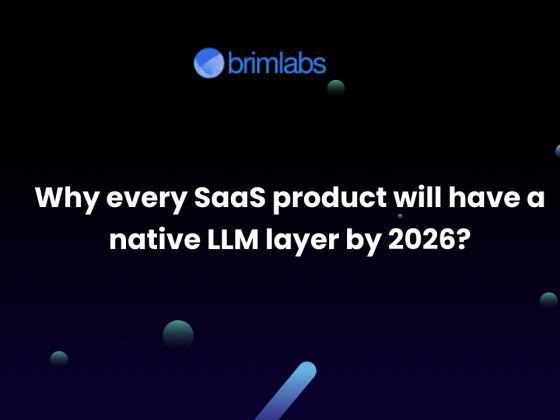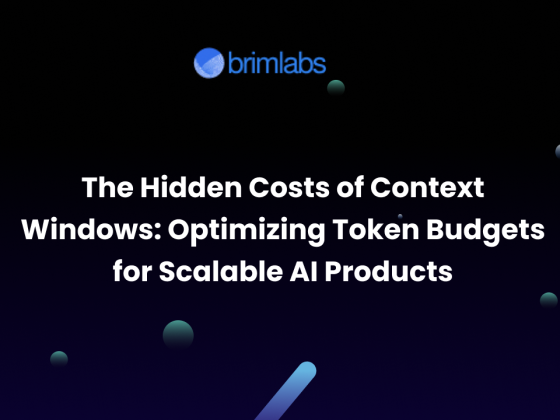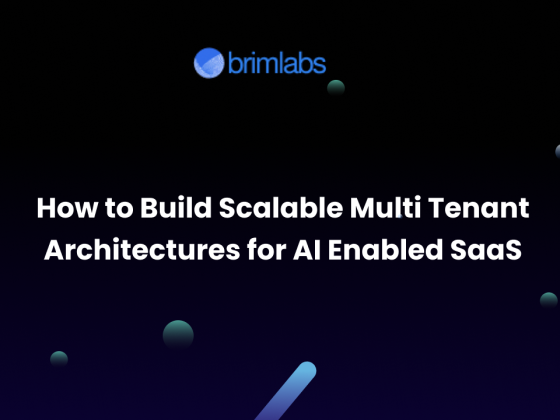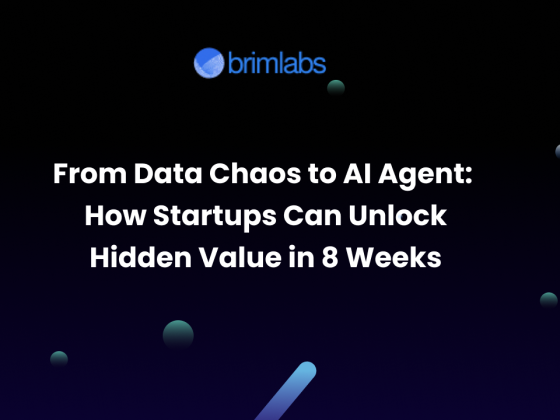AI and ML are no longer limited to high-power cloud servers or edge devices with substantial computing resources. The emergence of TinyML (Tiny Machine Learning) is revolutionizing the IoT by bringing intelligent processing to ultra-low-power microcontrollers and edge devices. It enables real-time, on-device decision-making, unlocking new possibilities across industries such as healthcare, agriculture, smart cities, and industrial automation. In this blog, we’ll explore what TinyML is, how it works, and why it’s set to transform the IoT landscape.
What is TinyML?
TinyML refers to the implementation of machine learning models on small, low-power devices such as microcontrollers and embedded systems. These models are optimized for minimal computational power, low latency, and energy efficiency. Unlike traditional AI systems that require cloud connectivity for inference, it enables localized decision-making without sending data to remote servers.
Key Features:
- Ultra-low Power Consumption: Can operate on milliwatts of power, extending battery life significantly.
- Minimal Latency: Enables real-time decision-making without cloud delays.
- Privacy & Security: Reduces data exposure by processing information locally.
- Cost-Effective: Eliminates the need for expensive cloud processing and high-performance hardware.
How TinyML Works
TinyML works by training and compressing ML models so they can be deployed on small embedded devices. The process involves the following steps:
- Model Training: The AI model is trained on large datasets using frameworks such as TensorFlow, PyTorch, or Scikit-Learn.
- Model Optimization: The trained model is compressed and quantized using tools like TensorFlow Lite, making it lightweight and efficient.
- On-Device Deployment: The optimized model is deployed onto microcontrollers or edge devices that process data in real-time.
- Inference & Decision-Making: The model runs inference on live sensor data, enabling intelligent automation without cloud dependency.
Applications of TinyML in IoT
Smart Agriculture: It enables farmers to optimize irrigation, detect crop diseases, and monitor soil health using battery-powered sensors. Real-time processing allows early intervention, improving yields and reducing resource wastage.
Healthcare & Wearables: Medical devices and wearables equipped with TinyML can monitor heart rates, detect anomalies, and provide predictive analytics for early diagnosis. For instance, smartwatches can analyze sleep patterns and detect irregular heartbeats without sending data to the cloud.
Industrial Automation: Manufacturing plants are leveraging TinyML to predict machine failures, detect anomalies in operations, and ensure worker safety. Predictive maintenance powered by TinyML helps in reducing downtime and operational costs.
Smart Homes & Cities: TinyML-powered devices in smart homes, such as intelligent thermostats, security cameras, and voice assistants, can process voice commands, recognize patterns, and enhance automation while maintaining privacy. In smart cities, traffic monitoring systems use TinyML to optimize signal control and reduce congestion.
Environmental Monitoring: TinyML sensors deployed in remote areas can detect pollution levels, wildfire risks, and weather anomalies. These energy-efficient devices can operate for years on a single battery charge, making them ideal for continuous monitoring.
The Future of TinyML and IoT
The future of TinyML is promising as hardware and software optimizations continue to improve. With advancements in model compression, on-device learning, and energy-efficient AI accelerators, TinyML will play a crucial role in making IoT smarter and more autonomous.
Key Trends to Watch:
- Edge AI Acceleration: Improved microcontrollers with dedicated AI accelerators.
- On-Device Learning: Future models may support incremental learning without retraining on external servers.
- Open-Source Ecosystem: Growing support from frameworks like TensorFlow Lite for Microcontrollers and Edge Impulse.
- Widespread Adoption: Increased integration of TinyML in consumer electronics, industrial IoT, and smart infrastructure.
Conclusion
TinyML is revolutionizing IoT by bringing intelligence to the edge, reducing reliance on cloud computing, and enabling real-time, low-power AI processing. Its impact is already visible in agriculture, healthcare, industrial automation, and smart cities. As technology evolves, it will become even more powerful, driving innovation across multiple domains. Businesses that leverage TinyML will gain a competitive edge by enhancing efficiency, reducing costs, and enabling smarter, autonomous systems.
At Brim Labs, we specialize in implementing AI-powered edge computing solutions tailored to your needs. Our expertise in TinyML, IoT, and AI development ensures cutting-edge solutions that drive business success.
Are you ready to explore the potential of TinyML in your IoT solutions? Contact us to discuss how we can help implement AI-powered edge computing for your business!
TinyML is transforming IoT by enabling real-time, low-power AI processing on edge devices, reducing cloud dependency and enhancing efficiency. At Brim Labs, we specialize in developing AI-driven IoT solutions, leveraging to create intelligent, energy-efficient systems tailored to your business needs. Partner with us to integrate smart, scalable, and cost-effective AI solutions into your IoT ecosystem.











